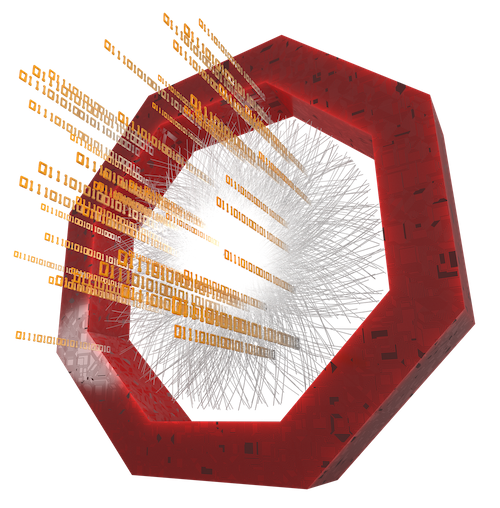O2 Analysis Framework Documentation
Welcome to the documentation page of the O2 analysis framework! Please use the links below to navigate quickly to the content you're looking for.
Getting started
| Support | Getting a GRID certificate | Installing O2 and O2Physics | The O2Physics repository structure | Git basics | Contributing to the repository | Editing this documentation |
Writing an analysis task
| Introduction to the framework | The data format: interconnected tables | The basic structure of an analysis task | Subscribing to data | Filtering and partitioning data | Creating new tables | Combining data: pairs, triplets and beyond | The CCDB: calibration data |
Running an analysis
| Downloading AO2D samples | Setting up an execution | Using json configuration files | Saving tables to a file | Reading tables from files | Options for running analyses |
Analysis tools
| Event Selection | Multiplicity and centrality selection | Particle identification (PID) | Track selection and propagation |
Using Hyperloop for analysis
| User Documentation | Notifications | Fair usage policy | Operator Documentation | For the Run 2 LEGO train expert. What has changed? | CO2 equivalent estimates |
Advanced features and PWG specifics
| Track to collision association | Event Mixing | Machine Learning | PWG-CF | PWG-DQ | PWG-EM | PWG-HF | PWG-JE | PWGLF | PWG-MM | PWG-UD |
Examples and tutorials
| Analysis Task | Track Iteration | Table Combinations | Histograms | Histogram Registry | Creating Tables | Extending Tables | Data Selection | Index Tables | Event Mixing | Table IO | CCDB | MC Data | Multi Process | More tutorials |
Frequently asked questions (FAQ)
Tools
| Dependency finder | O2 linter |
Troubleshooting
Appendix: data model reference
| AO2D tables | Helper task tables | PWG tables | Joins and iterators |
